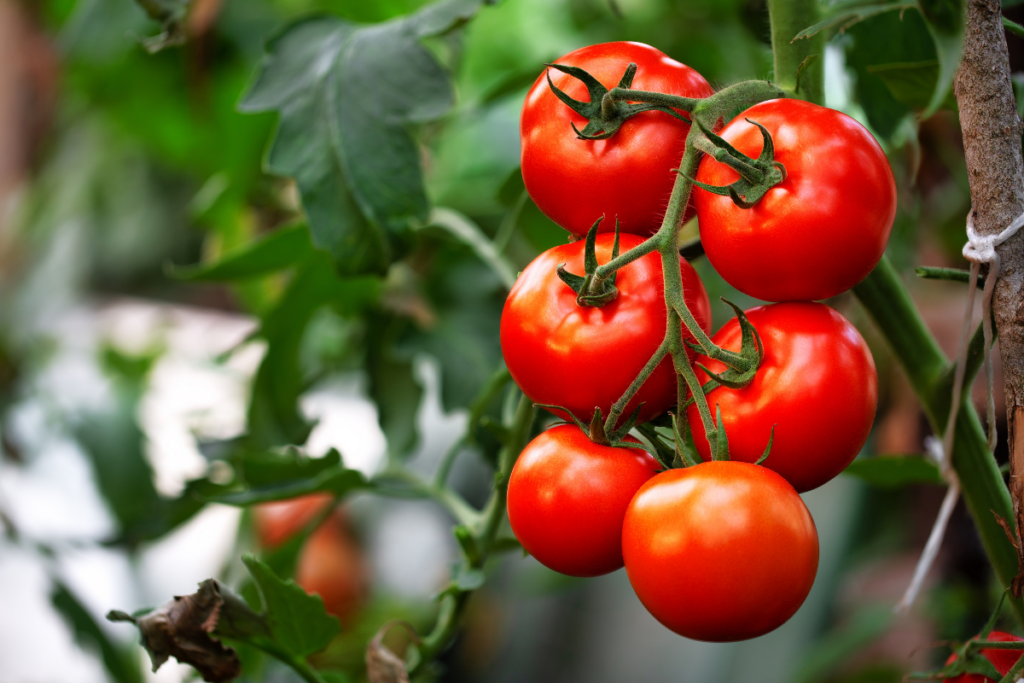Bob explains the ins and outs of growing this most delicious fruit.
It’s getting a little too late to sow tomatoes, as like most tender crops they are best started earlier so there is a longer opportunity for them to mature and fully crop before autumn. So, if you haven’t yet started, it’s better to buy plug plants to help you play catch-up. That said, if you have a warm and sunny window, and the potential to house plants undercover later in the season, then why not give it a go.
Seedlings will grow rapidly so water regularly and pot up again, until your plants are ready to harden off and go outside in about six weeks’ time (at the end of May). Well, I now say end of May, it’s getting difficult to judge. I used to plant tomatoes out early to mid-May with temporary protection. However erratic springs have meant early outdoor plantings now seldom prosper. There are better results from waiting another week or two till the sun’s much stronger and the soil has warmed more.
Hedging your bets
If you grow lots and lots of tomatoes then maybe you can risk putting a few out early, well-protected if possible, and then more in stages later on. Or, perhaps ruthlessly, if you have more than sufficient plants those that went out early could be more easily then replaced by more vigorous back-up plants.

Make for plants for free
Fortunately, providing you’ve somewhere warm and bright, then just one plant (bought in or grown) from seed can potentially provide many more, willingly. Most varieties are better grown as single cordons, meaning one stem with leaves and fruit bunches but no side-shoots. Thus as we remove said side-shoots (which appear in the leaf joints) we can secure many more ‘plantings’ in the process.
These cuttings (ideally about a finger in length)can be popped into moist compost and will readily root. Each can then be potted up to become a new plant, which is biologically as old as the parent, so starts flowering and fruiting almost straightaway. This way, with your extra stock of plants, you can risk playing with planting some early, mid and late, and among other plants, anywhere-in-fact you can squeeze them in.
Beat the blight
For outdoor crops it’s wise to buy or sow newly introduced outdoor varieties as these will almost certainly have been bred for resistance to blight. Many traditional outdoor varieties are often now lost to this disease. Indoors, if you grow tomato plants somewhere warm, bright and dry, you may avoid blight altogether.
Up against a south facing wall in a sheltered sunny garden is nearly as good as under cover. Of course if you can arrange a cover, say a plastic flysheet held over the plants to keep the rain off, then blight can also be averted. Indeed, blight is not a given, it only strikes if the weather is warm and damp, and that’s not every UK summer. So why go for loads of tomatoes anyway!

You can find out more about Bob via his website www.bobflowerdew.com and what’s happening in his garden via Twitter (now X) @FlowerdewBob
Find more tips, advice and articles like this at the Amateur Gardening website. Subscribe to Amateur Gardening magazine now.





